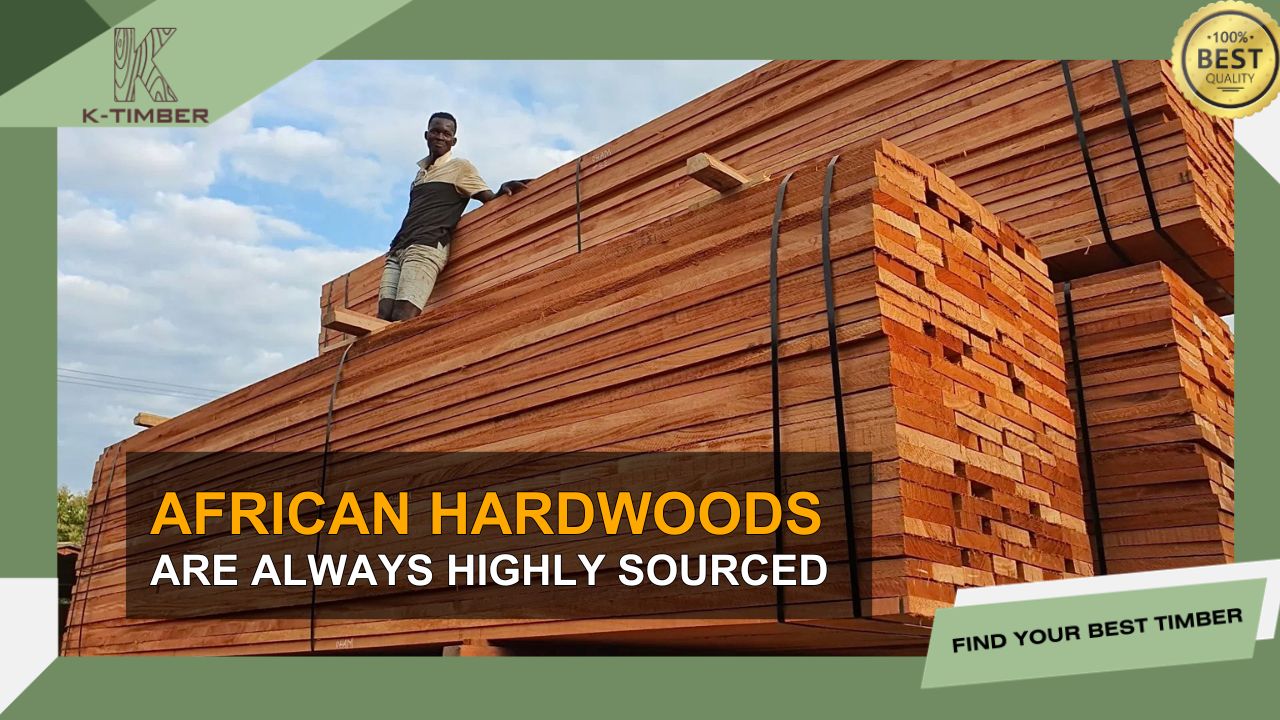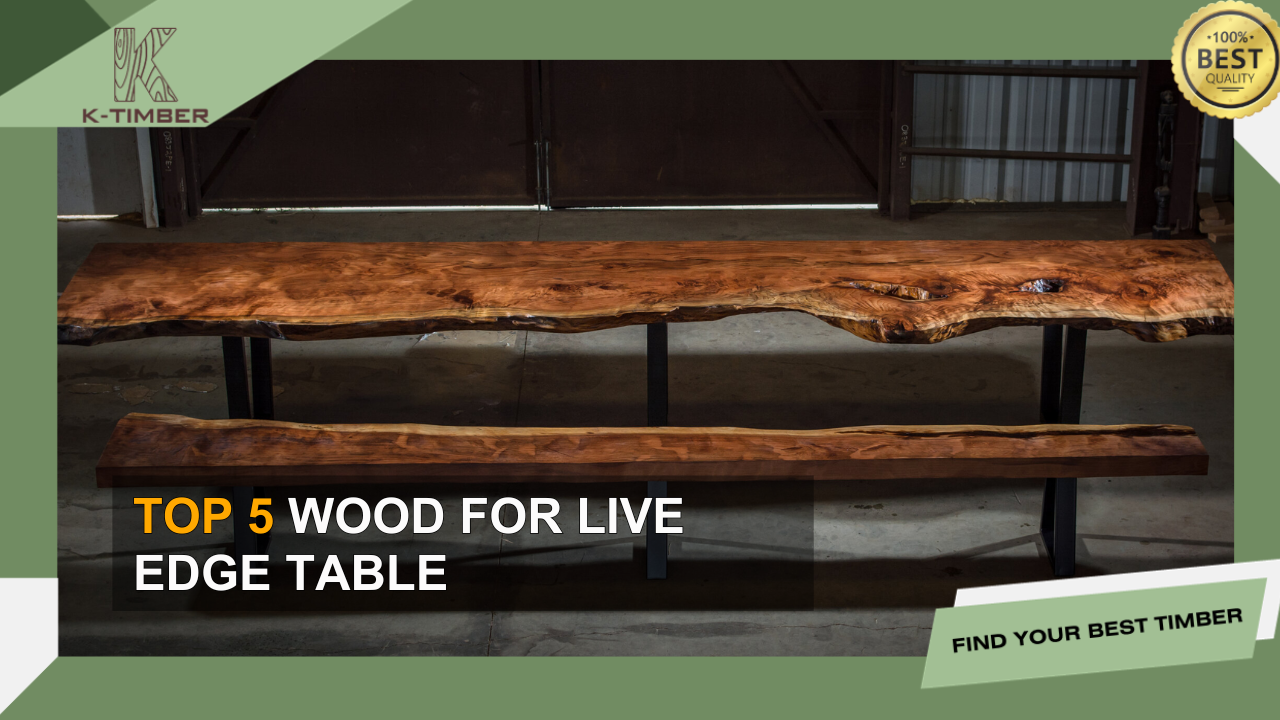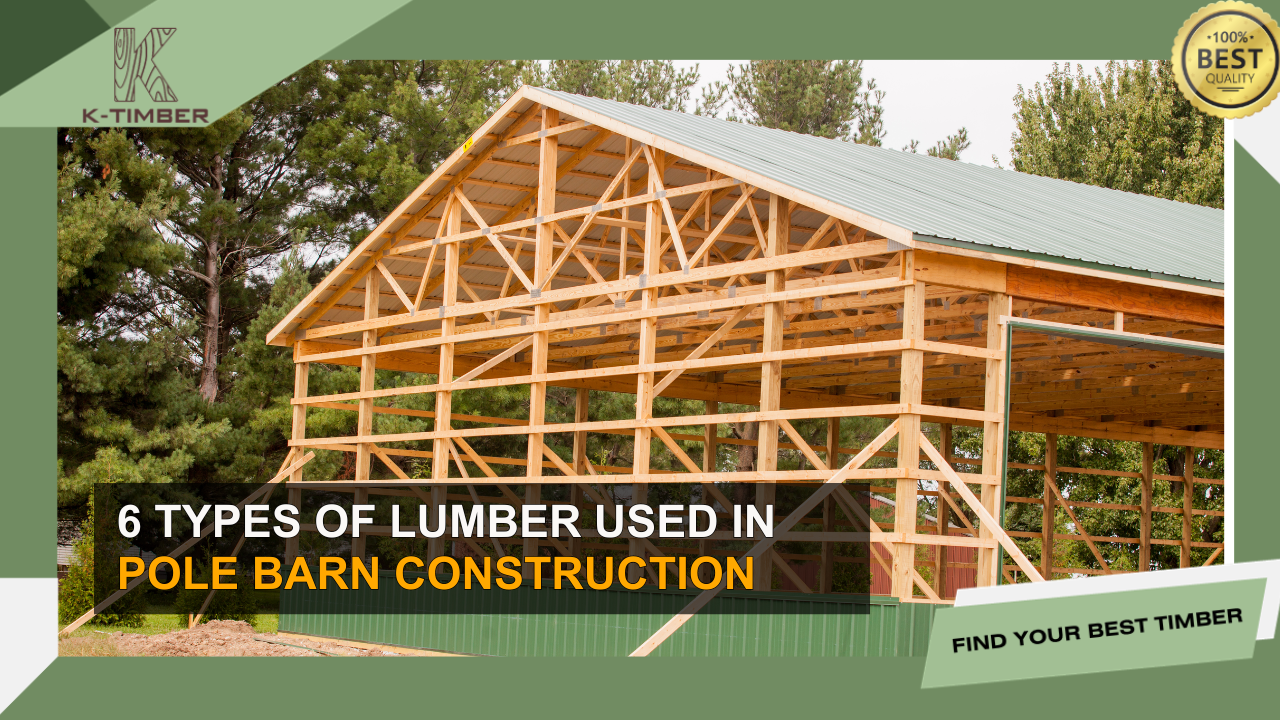
Wood production is the process of converting raw wood into high-quality wood products for a variety of uses. From small pieces of wood in furniture to building materials, wood production plays an important role in many industries. This article will introduce 6 popular wood manufacturing methods, helping you have a clear view of the production process and choose the right method for your needs.
Table of Contents
How is Wood Produced?
The wood production process plays an extremely important role in transforming raw materials from forests into finished products for many different industries, from construction, interior to decorative products. Wood production is not only a complex technical process but also a journey from nature to life, ensuring sustainability and environmental friendliness. Understanding the steps in wood production will help us know the important factors to ensure the quality of wood meets the requirements.
How is Wood Processing Processed?
The woodworking process involves many steps from cutting down a tree to treating and finishing the wood so it is ready for commercial use. Each step requires precision and close coordination to ensure the wood meets standards for quality, safety and durability. We will explore the main steps in the woodworking process below.
Steps in the Woodworking Process
Felling a Tree
The woodworking process begins with selecting the right tree to cut down. This requires an understanding of the tree type, size and quality of the wood. Once selected, the tree is cut down and transported to the processing plant. The cutting must be done responsibly to ensure the sustainability of the forest and the surrounding environment.
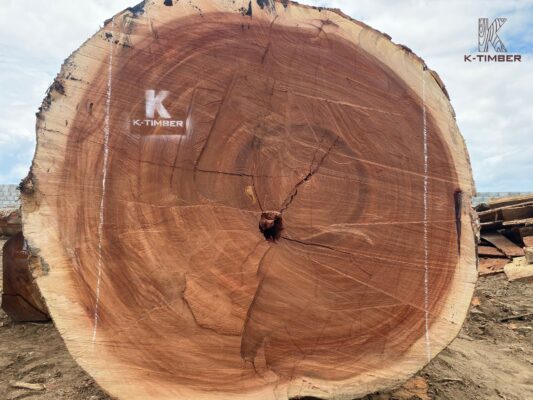
Sawing with a Head Rig
Once the logs arrive at the mill, they go through the top sawing process, where the rough logs are cut into boards or slats. This is an important step to begin shaping the wood, preparing it for further processing. Top sawing ensures that the wood is the correct size and ready for further processing.
Edging
Once the logs have been sawn, they are edged to remove any unusable parts, such as bark and rough edges. Edges help refine the wood, creating boards or slats with a smoother, more uniform surface. This improves the aesthetic appeal and prepares it for the next trimming step.
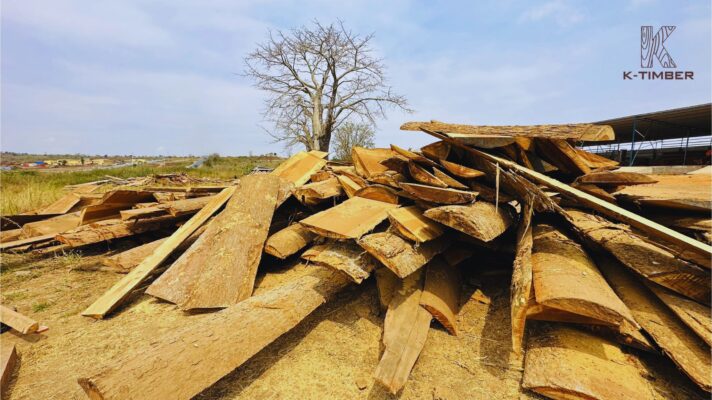
Trimming
The trimming step ensures that the wood is of the required size and shape, suitable for specific applications. This is an important step to ensure that the wood can be used for furniture, construction or decoration products. Precisely trimmed wood will produce a higher quality final product and cost less to finish.
Sorting
After trimming, the wood will be classified based on criteria such as thickness, length, quality and intended use. Classification helps divide the wood into different types, from construction wood to high-end wood for interiors. This is an important step to ensure that the wood is used for the right purpose and achieves optimal efficiency.
Ready for Drying
Before use, the wood needs to be dried to remove internal moisture. If not dried properly, the wood can shrink, warp or crack during use. This step helps improve the durability and stability of the wood, especially when used in harsh environmental conditions.
Drying
Drying is one of the most important steps, helping to completely remove excess moisture from the wood. This process can take place in an industrial drying chamber or through natural drying. Effective drying will make the wood stronger, more durable and suitable for applications that require stability in size and quality.
Planing
After drying, the wood will be planed to smooth the surface and remove defects. Planing not only helps to smooth the wood, but also prepares it for finishing steps such as painting or staining. After planing, the wood will reach a higher aesthetic standard, suitable for decorative and interior products.
Grading
The final classification after planing helps to divide the wood into different quality groups, based on the surface and precision of the product. This ensures that customers will receive the wood product that best suits their needs.
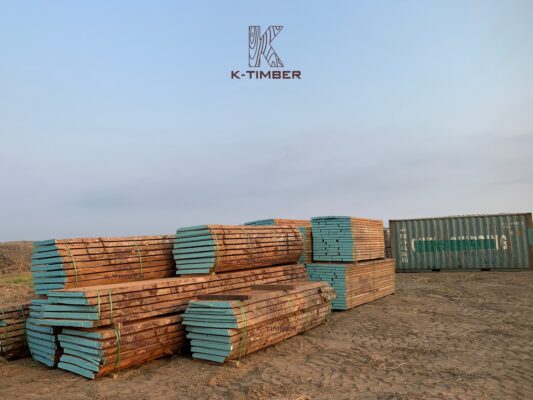
Find more: The Secrets of Natural Wood Processing
6 Types of Wood Manufacturing Methods
In addition to the basic steps, there are many other methods for processing wood, each of which brings its own characteristics to the final product.
Sawing
The woodworking method is one of the simplest ways to divide wood into smaller pieces according to the required size. Common saws such as band saws, chainsaws and circular saws will be used depending on the thickness and intended use of the wood.
Drilling
Drilling is a technique used to create holes or slots in wood, necessary for furniture or wood structures. Accurate drilling helps create strong joints and facilitates the subsequent finishing steps.
Jointing
Joining is the process of joining pieces of wood together using techniques such as gluing, screwing or traditional joints. This ensures the strength and durability of the final wood product, especially in applications that require high strength.
Shaping
Shaping is the process of shaping wood into specific dimensions or designs, often used in furniture and decoration. This process helps create unique and highly aesthetic wood products.
Wood Turning
Wood turning is a popular method for creating round or curved products, such as pillars, tables, chairs, and stair railings. Wood turning requires high skills and specialized equipment to achieve precision and a smooth finish.
Finishing
Finishing is the final step, including painting, varnishing, or staining to enhance the beauty of the wood and protect it from harmful environmental factors.
Choosing the Right Wood for Production
At K-Timber, we offer a wide range of high-quality wood, serving a variety of needs from construction to interior design. With over 25 years of experience in the wood industry, we are committed to providing customers with durable, beautiful, and long-lasting wood products. Contact K-Timber today to learn more about the best wood species for your project.






